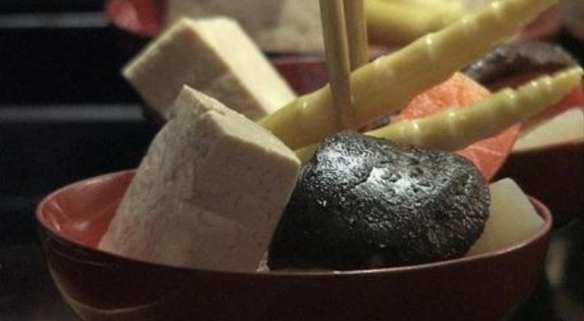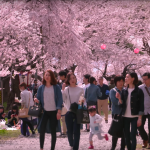FOOD

Honko sama - Appreciation of Harvest
Nanto city, Toyama Pref.
FOOD
2016
25 minutes Episode(s): 1
english
Japanese




[Food of Japan Season 2]
Honko is one of Jodo Shinshu's Buddhist events that commemorate the virtue of its founder, the Monk Shinran. The event is called differently depending on the region: in Toyama, it's called 'Honko sama'. It's a special event for household devotion. After the ceremony given by a local monk, special dishes are served to the guests in Urushi lacquered bowls; cooked vegetables, vegetable soup together with Sake. Honko sama special meal has a full appreciation of ancestors and harvest. The documentary depicts the dishes and the people who are sharing them with their hearts.
Click here to preview this episode!
Part of the "Food of Japan Series 2"!
Honko is one of Jodo Shinshu's Buddhist events that commemorate the virtue of its founder, the Monk Shinran. The event is called differently depending on the region: in Toyama, it's called 'Honko sama'. It's a special event for household devotion. After the ceremony given by a local monk, special dishes are served to the guests in Urushi lacquered bowls; cooked vegetables, vegetable soup together with Sake. Honko sama special meal has a full appreciation of ancestors and harvest. The documentary depicts the dishes and the people who are sharing them with their hearts.
Click here to preview this episode!
Part of the "Food of Japan Series 2"!
Customers who watch this video also watch
-
Enchanted by the San'in- Daisen, Tottori Prefecture
2019 30 mins[Beauty of Japan Season 2] San’in, considered to be a mythical home of Gods, is a sacred place where the natural landscapes of Japan prevail. Richard Pierce was enthralled by its charms and has been organizing tours and acting as a guide. In 2017, he even cooperated with the locals...more details -
The Traditional Uses of "Red" (Kyoto)
2021 25 minutes[Colors in Japan] “Kyobenirouge”, made from selected safflowers, has been a traditional craft and widely used throughout Kyoto City since ancient times. It is known for being very pleasing to the eye. Click here to preview this episode! Part of the "Colors in Japan" series!more details -
Light of My Life
 2000 Nominated as one of the Best 8 Dramas in Asia at the International Emmy Awards. Yuko, indecisive about her future, submits a blank report about her college plans. As punishment, she spends summer vacation helping her mother deliver meals to the elderly. She meets Gansan, a stubborn old man whom...more details
2000 Nominated as one of the Best 8 Dramas in Asia at the International Emmy Awards. Yuko, indecisive about her future, submits a blank report about her college plans. As punishment, she spends summer vacation helping her mother deliver meals to the elderly. She meets Gansan, a stubborn old man whom...more details -
The Thousand Cherry Blossom Trees of Eboshiyama Park
2017 30 mins[Festivals of Japan Season 1] Akayu Hot Spring in Yamagata Prefecture lost much of its bustling energy due to large fires that occurred in the late 1800s. Wishing for the recovery of their city, local volunteers created Eboshiyama Park. Later, as vitality slowly began to return to the city through...more details



